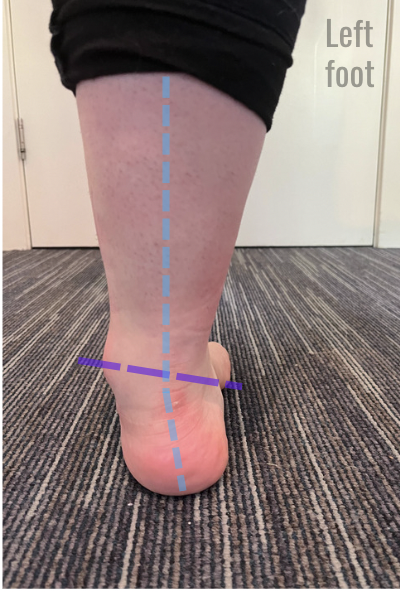Foot Mechanics - Pronation and Supination
By Cameron Allshorn
Our feet are critically important to how we move, our balance, motion and function is closely related to the balance and coordination of our foot mechanics
Pronation is typically rotation in a downwards trajectory, it is a common movement in our feet that allows for the transition from ‘heel strike’ to ‘toe off’ in motion. During motion weight shifts across for the foot from the heel towards the big toe as this happens the arch pronates towards the surface.
Excess or over-pronation is when the foot moves past the neutral midline - neutral midline in this case is the expected point where motion should cease - over pronation leads to collapsing or flattening of the arch and inwards or medial leaning of the heel/ankle.
Causes of overpronation can be weakness in foot and leg muscles or past injury to the foot/ankle leading to excess movement of the foot. It is important to note too, that extra forces can be placed through the feet during pregnancy as a result of weight and hormonal changes.
Ongoing overpronation can cause pain in the foot and ankle but can also play a key role in issues such as knee, hip and lower back pain. It can lead to increased wearing of footwear soles that mean we move through shoes quicker than expected. Mostly, overpronation has a direct impact on motion and gait, if left unmanaged it can create considerable compensatory change that can have a big impact over time.
Strengthening of the intrinsic foot muscles, the smaller muscle group within our foot, can help with maintaining the structure of the arch and to support structures higher up. This can be particularly important during adolescence as teens are growing rapidly!
Never forgetting that muscles of the leg such as gastrocnemius, soleus, peroneals (these make up the ‘calf’ muscle group), hamstrings and glutes also play a key role in providing stability and strength through gait
Pronation of the Left Foot
Supination is the opposite motion, defined as rotation in an upward trajectory; it functions to limit excessive pronation and support the hind foot in motion.
Excessive supination is when the arch of the foot lifts and restricts normal pronation. This can lead to increased weight on the lateral (outside) of the foot in motion. It is often the result of stiffness in the mid foot (tarsals and metatarsals) or hypertonicity (tightness) of the calf or tibialis muscles. Also known as under pronation, it is less common than over pronation.
Longer periods of excess supination can lead to pain in the foot (particularly around the heel) or injuries such as shin splints or patellofemoral (knee) pain. As with over pronation, compensatory changes to gait and motion are common if excessive supination is left unmanaged and can become a contributing factor to presenting pain and injuries in other areas.
Supination of the Left Foot
If you’d like some more information on how this might apply to you, ask us at your next appointment!


